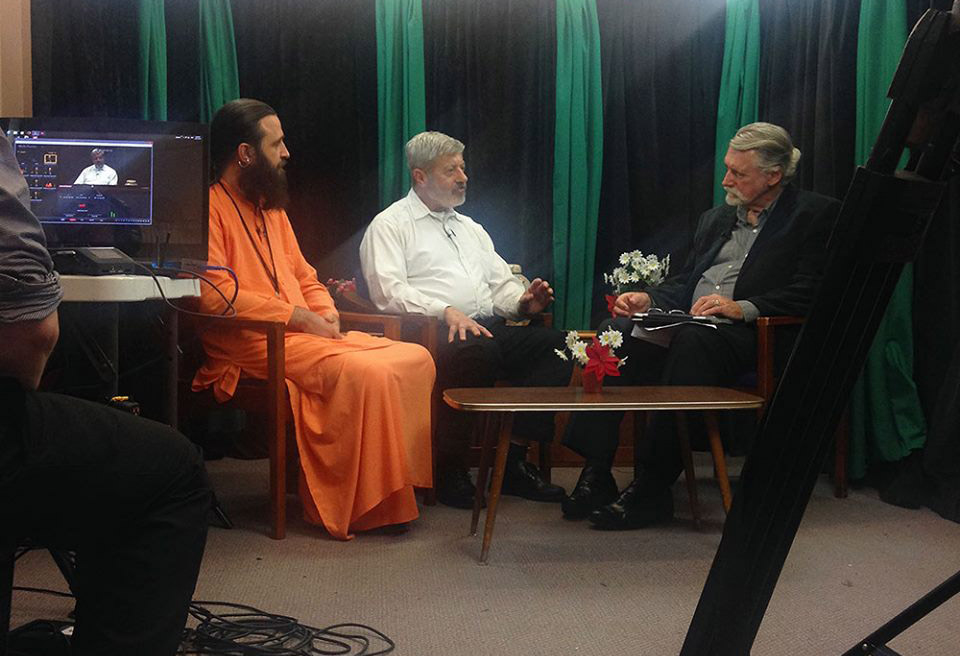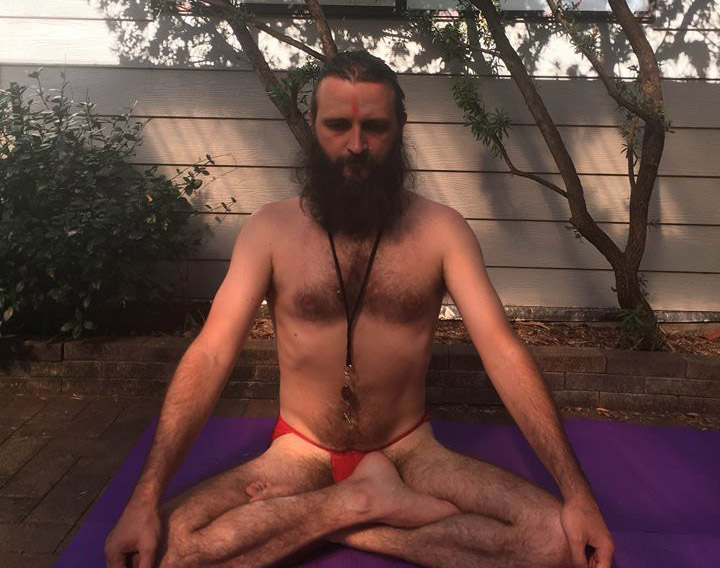What is अङ्ग / aṅga in yoga, is it a step or a section? On the one hand, we find following interpretations in the Viveka Mārtaṇḍa:
117. Thanks to the twelve prāṇāyāmas – pratyāhāra is achieved. Thanks to the twelve pratyāhāras – good dhāraṇā is attained.
118. Thanks to the twelve dhāraṇās – dhyāna is known, and due to the twelve dhyānas, samādhi is achieved.
On the other hand, we find quite a few texts where aṅgas often go in a sequence that is not popular for most.
https://matsyendranatha.com/?p=353
Basically, the free order of aṅgas is found either in tantras or in texts that have been influenced by tantra. These are partly Purāṇas, as well as Nātha texts. If we look at the meaning of the term ‘aṅga’ in different dictionaries, it means: ‘a part’, ‘a division’, ‘relating to the base’, ‘anything inferior or secondary’, ‘supplement’, ‘contiguous’. In tantric texts, methods are sometimes named as ‘upāya’, which also means ‘a trick’, ‘a ruse’. This allows us to understand that it is impossible, in practice, to put a technique higher than its main goals, which often causes the “modern yoga“. The “parts” can be compared with the organs of the body; we cannot say that we need a heart, but we do not need a brain or liver. We need an organism in which absolutely everything works simultaneously and harmoniously. In this regard, āsanas cannot exist separately from pratyāhāra, prāṇāyāma, dhyāna or samādhi (even if it is fragmentary). The yoga state and the yoga path are primary, while aṅgas are secondary, but they all work on the main tasks.








